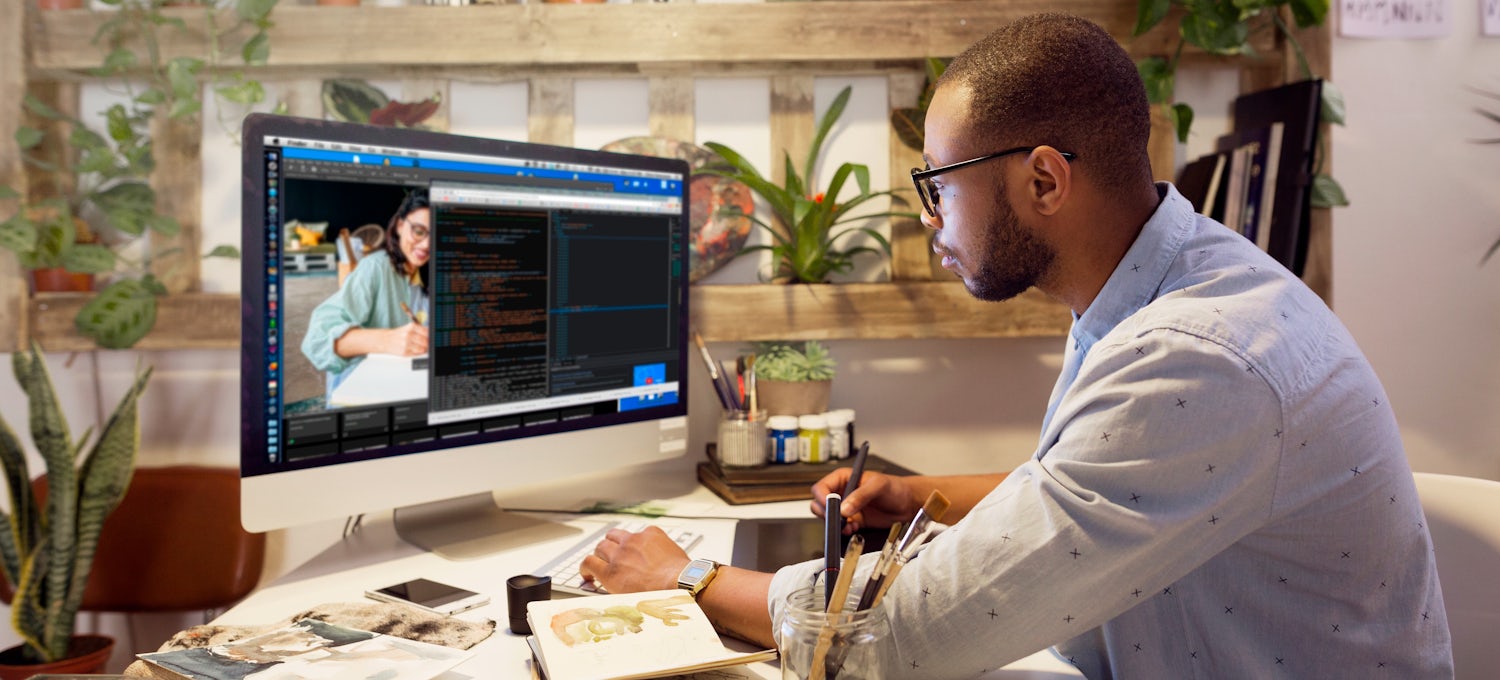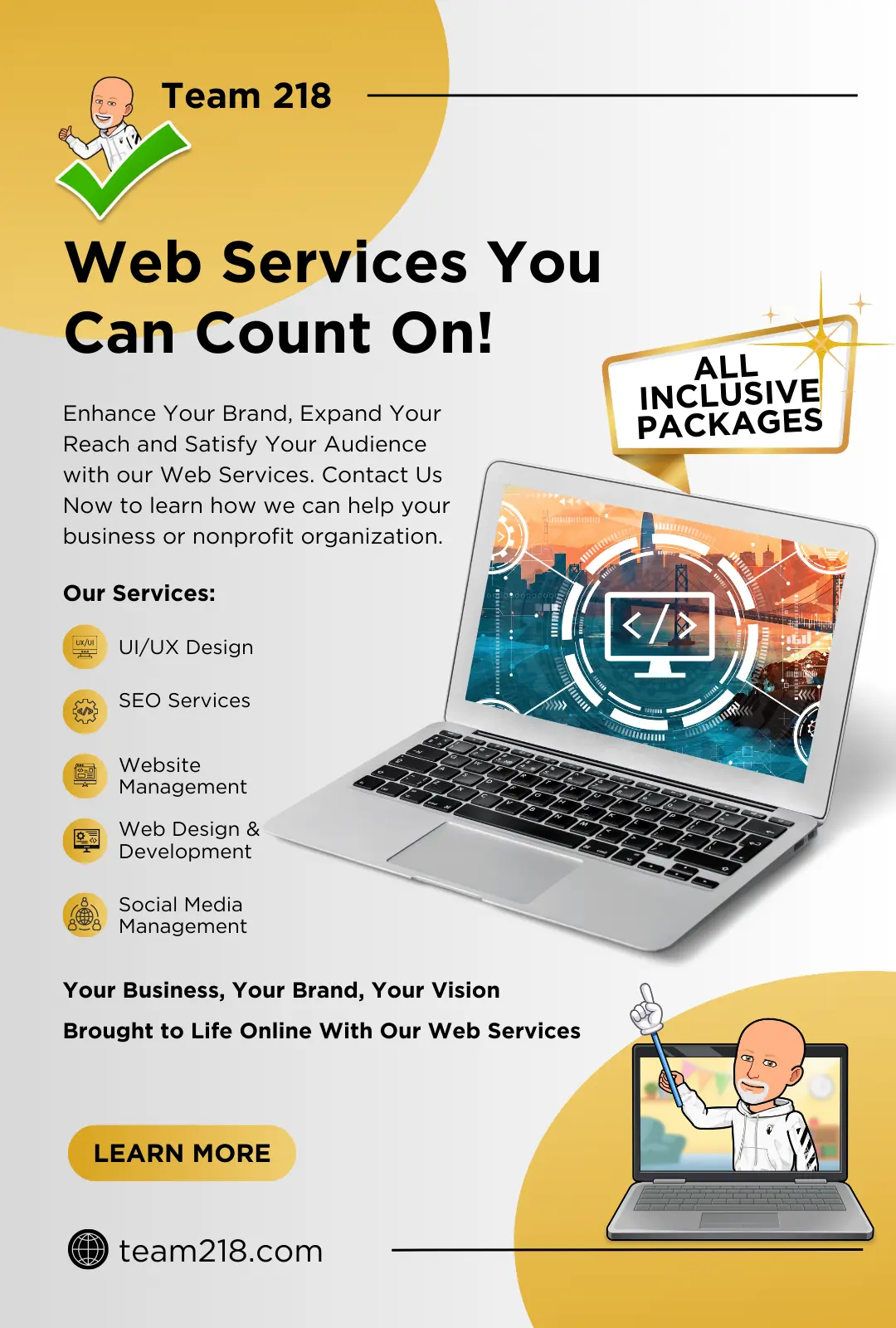The Comprehensive Overview to Crafting Aesthetically Appealing and Useful Internet Design That Meets Customer Requirements
In today's electronic landscape, the importance of crafting internet styles that are both aesthetically appealing and practical can not be overemphasized. By prioritizing user-centered style concepts, developers can create experiences that not just attract however additionally preserve individual rate of interest.
Comprehending User-Centered Design
At the heart of effective internet layout lies the principle of user-centered design, an ideology that prioritizes the demands, preferences, and behaviors of users throughout the development procedure. This approach includes detailed research study to recognize the target audience, ensuring that the end product reverberates with its intended customers. By integrating customer comments at every phase, developers can develop interfaces that are not only aesthetically attractive yet likewise practical and instinctive.
User-centered style emphasizes empathy, calling for designers to enter the users' footwear and consider their viewpoints. Techniques such as individual personalities, journey mapping, and usability testing are employed to determine discomfort factors and opportunities for improvement. This repetitive process permits constant refinement, as developers adjust to developing user demands and technical improvements.
Including user-centered style leads to enhanced user satisfaction and interaction, ultimately causing higher conversion rates and brand name commitment. It promotes a collaborative environment where stakeholders, including users, programmers, and developers, work together to attain a common vision. By putting users at the forefront of the style procedure, organizations can produce internet sites that not only meet service goals but also supply rewarding and meaningful experiences for individuals.
Key Concepts of Visual Style
Efficient visual style works as the structure for creating appealing and user-friendly internet sites. It encompasses a number of crucial principles that lead designers in crafting visually pleasing and useful user interfaces.
First, balance plays a critical role in achieving aesthetic harmony. Developers must distribute components uniformly across the format to stay clear of overwhelming users. This can be accomplished through symmetrical or unbalanced style methods.

Furthermore, alignment is vital for arranging information. Constant placement of message and pictures promotes a clean format, enhancing general navigating and individual experience.
 Proximity likewise adds to visual quality. Organizing related things together aids customers in comprehending the partnership in between various aspects, making the user interface a lot more user-friendly.
Proximity likewise adds to visual quality. Organizing related things together aids customers in comprehending the partnership in between various aspects, making the user interface a lot more user-friendly.Lastly, consistency in design components, such as styles, fonts, and colors, strengthens brand identity and aids users navigate the website extra easily. By integrating these vital concepts of aesthetic layout, web designers can produce user interfaces that are not just aesthetically attractive but user-centered and likewise useful.

Significance of Responsive Layout
Receptive style is an important aspect of contemporary internet advancement, guaranteeing that sites function flawlessly throughout a range of gadgets and screen sizes. As the internet landscape progresses, the variety of devicesâEUR" ranging from mobile phones to tablet computers and desktop computersâEUR" requires a layout method that fits all customers.
Executing receptive layout enables for a versatile layout that immediately adjusts based upon the user's screen measurements. This adaptability not just enhances availability but likewise boosts usability, as individuals can browse and interact with the site easily, no matter their device.
Additionally, online search engine like Google prioritize mobile-friendly web sites in their ranking formulas. A responsive style can substantially boost a site's SEO performance, inevitably driving more web traffic and boosting exposure.
In addition, receptive layout reduces the need for preserving numerous variations of an internet site, streamlining updates and material monitoring. This efficiency converts into expense savings and a more cohesive brand name experience across platforms.
Enhancing Customer Experience
User experience (UX) is an essential element of web design, influencing exactly how site visitors connect with a website and perceive its value. A well-crafted UX guarantees that individuals can browse with ease, locate information quickly, and accomplish their goals effectively. The style needs to take into consideration the user's journey, from the moment they arrive at the site to the completion of their wanted action, whether that be purchasing, enrolling in a newsletter, or accessing information.
Trick aspects that improve UX consist of clear navigation, responsive layouts, and appealing visual material. Consistency in design elements such as shades, typefaces, and buttons fosters knowledge, making the web site feel natural. Additionally, enhancing load times is critical; individuals are less most likely to remain on a site that is slow-moving to respond.
Integrating ease of access attributes guarantees that all customers, including those click for source with specials needs, can interact with the site flawlessly. Additionally, user-centric layout principles must guide content company, providing appropriate details in a logical structure. By focusing on individual demands and choices, web developers can develop experiences that are not only visually enticing but likewise practical, inevitably promoting customer complete satisfaction and loyalty
Evaluating and Repeating Designs
Checking and iterating designs are basic procedures that adhere to the first production of a website, guaranteeing that the individual experience stays at the leading edge of any type of modifications. These phases entail collecting customer responses, assessing design performance, and making notified adjustments to improve usability and engagement.
Effective testing can take various forms, including functionality testing, A/B screening, and customer studies. Use screening allows designers to observe real individuals as they connect with the site, determining pain points and locations for enhancement. A/B screening, on the various other hand, compares 2 variations of a layout component to establish which carries out better, supplying official source measurable information to guide choices. Individual studies can provide qualitative understandings, catching customer sentiments and preferences.
Once screening is completed, the model phase starts. This includes refining the style based upon the collected data, focusing on adjustments that align with customer needs and organization goals. Constant iteration promotes an adaptive layout method, where the website progresses in reaction to individual behavior and comments. By devoting to extensive screening and iteration, developers can create an internet site that not only fulfills aesthetic requirements but likewise supplies a seamless and satisfying individual experience.
Verdict
In verdict, reliable internet design necessitates the combination of user-centered concepts, essential aesthetic design aspects, and receptive structures to develop interesting user interfaces. By focusing on customer demands and applying continual testing and iteration, designers can refine their creations to enhance overall complete satisfaction. The commitment to these techniques not just cultivates an aesthetically enticing visual yet additionally makes sure capability throughout varied gadgets, eventually contributing to a positive user experience and increased engagement.
By prioritizing user-centered design principles, developers can pop over here produce experiences that not only bring in however also preserve customer rate of interest.At the heart of effective internet style lies the principle of user-centered design, a philosophy that focuses on the requirements, choices, and habits of users throughout the growth procedure. By placing customers at the leading edge of the layout process, companies can produce websites that not just meet organization objectives yet also provide significant and rewarding experiences for customers.
By prioritizing individual demands and preferences, internet designers can develop experiences that are not only aesthetically attractive yet likewise useful, eventually cultivating user contentment and loyalty.
Individual surveys can provide qualitative understandings, capturing user beliefs and choices. (web design)